Because I’ve always been terrified of the ocean, I’ve had a lifelong goal of one day finding the courage to take a surfing lesson. Recently, on a trip to the coast, our friend Abby taught Meg and I to surf. By “taught” I mean we stood on the shoreline for a half a minute before following Abby into a treacherous tantrum of waves, swallowing cups of sea as we attempted to paddle past the break. Abby all the while yelling “Left! Right! Left! Right!” as if Meg and I were, like her, former olympians who could part the sea with our muscles alone.
I didn’t “get up” once that day, but riding on my belly on the board without having a panic attack felt like one of the greatest accomplishments of my life. I was a saltwater superhero! Especially considering the waves didn’t look like waves to me. They looked like liquid tornadoes. I imagine my blood pressure was in the thousands every moment except this one: sitting atop my board after just being pummeled by another “wave”, Abby said, “Look! A Dolphin!” Everything inside of me went still. My fear shape-shifted into awe over the beauty that can only be found outside of our comfort zones.
A few days later, back home in Colorado, I did a blood test to check my cancer marker and was shocked and thrilled to find out it was lower than it had ever been. As I sat in the hospital rolling the number around my mind, my thoughts kept drifting back to those rocky waters.
For the last three years I’ve been searching for new ways to explain why my mental health improved so much after a cancer diagnosis. For those of you who don’t know, I lived much of my life with chronic panic attacks and anxiety. I was an extreme hypochondriac, so much so that I refused to eat nuts on airplanes out of fear that I would suddenly develop a nut allergy and asphyxiate mid-flight! I also had painful mood swings, and for many years struggled with suicidality. Why did that change after being told I had a disease I’d feared my entire life? Let’s dive in—(puns are fun!)
From early childhood we are taught that the definition of a good life is one in which the waters are routinely calm, where our boat is rarely rocked. Culture instructs us to think that the sea of life should be tranquil, and any ripple means something has gone wrong. But the sea was never meant to be calm. Waves are part of the design. A static ocean would not sustain life, nor would a challengeless existence. I know this for sure—the parts of my life that have threatened to sink me were the parts that awoke me to my capacity to sail.
Here’s what I spent decades not understanding—smooth sailing does not require a smooth sea. Not only is it possible to not be pummeled by the waves—it’s possible to ride them to places we would not have arrived otherwise.
If a person is caught in a literal riptide, their instinct will be to fight against the current. But any lifeguard or survival guide will instruct the opposite. If the waters are rough, relax your body and float. Resisting the waves will tire you out, making you all the more likely to drown. This is true for the waters of life as well.
Does this mean not feeling? Absolutely not. I once thought I would have to suppress my emotions to relate to circumstances such as a cancer diagnosis without going mad, but I’ve learned the opposite is true. It isn’t about denying my feelings, but ceasing to resist them instead. My therapist Julie long ago taught me to soothe my hard emotions by inviting them to get even bigger. I thought she was bonkers until I tried it and found that welcoming fear, grief, anger, etc. made them move through me so much faster.
I learned an additional tip from Michael Singer’s book, “The Untethered Soul.” Michael instructs people to relax their entire bodies when stirred, rattled, or triggered. He encourages people to specifically relax their hands as if to say, “I let this go.” A powerful aspect of this process is this—as an emotion leaves the body it commonly works like velcro and takes old, stored pain with it. I found this to be powerfully healing when working with trauma.
One final note—whenever I discuss the idea of accepting the fact that life is full of rocky waters, people often think I’m suggesting to give up on changing things for the better. The process I’m describing is the opposite of living passively. The instant I fully accept one of life’s waves, I shift away from worry and open up to creativity and possibility. This work is not about letting myself drown. It’s about recognizing that I was continuously sunk by the tiniest ripples when I was in the habit of telling myself the waves were not supposed to be happening. When I accepted they would always be part of my life, I learned to surf (aka – ride the board on my belly.)
Love, Andrea 🖤
Thank you for being here.
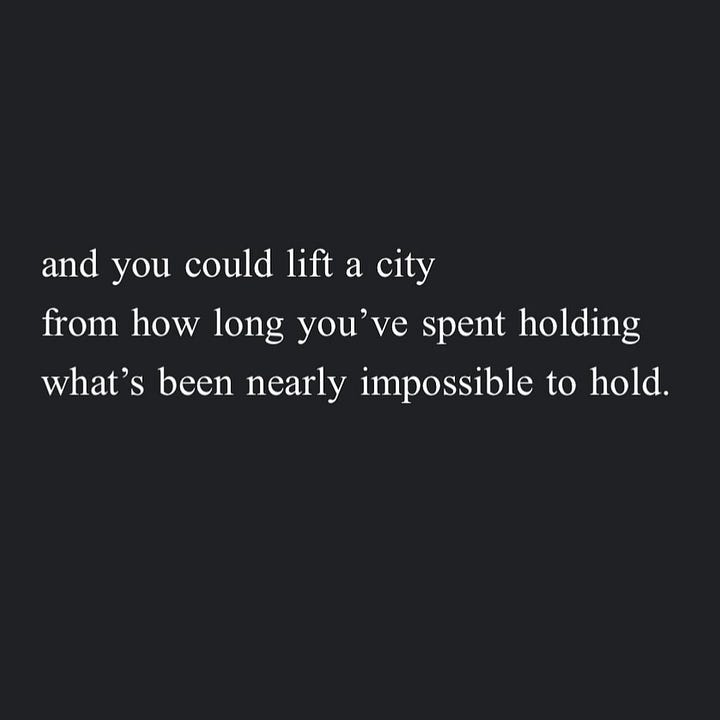
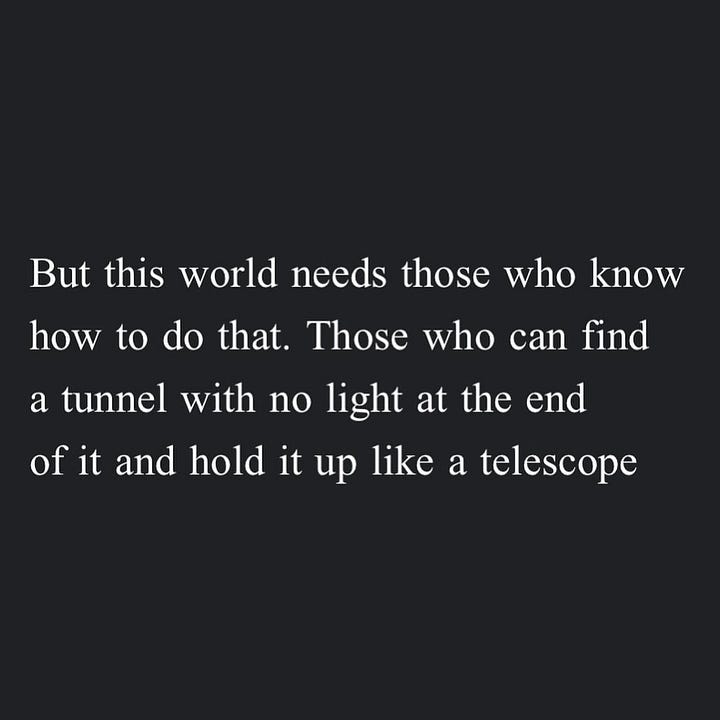
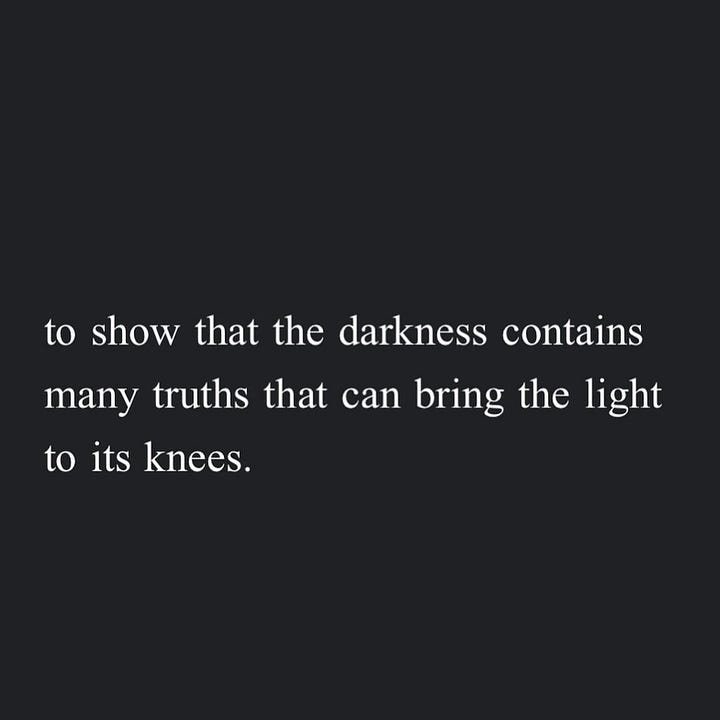
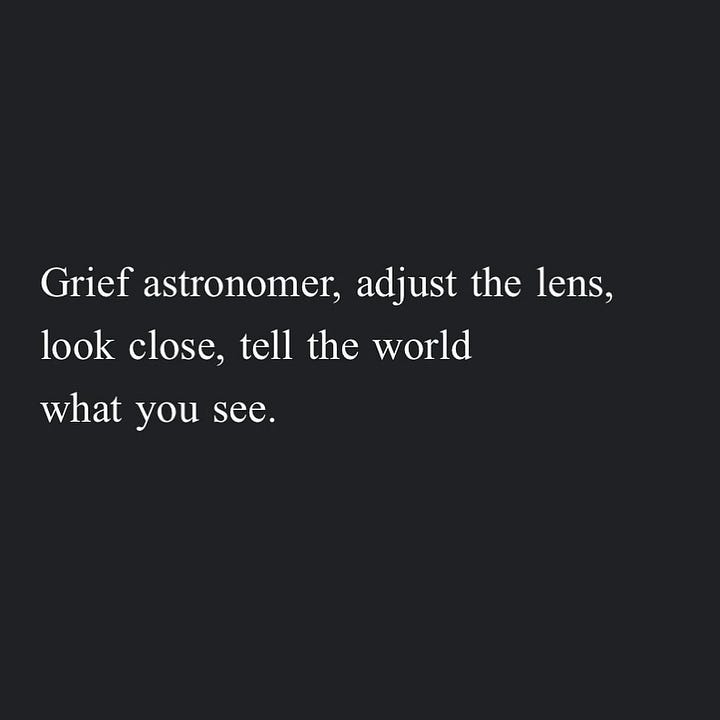
News & Updates:
△ Thank you so much for inviting me to share a Letter From Love. If you If you’ve never written yourself a Letter from Love, start today, sweet friends!

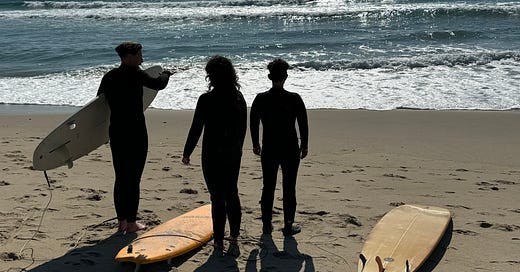




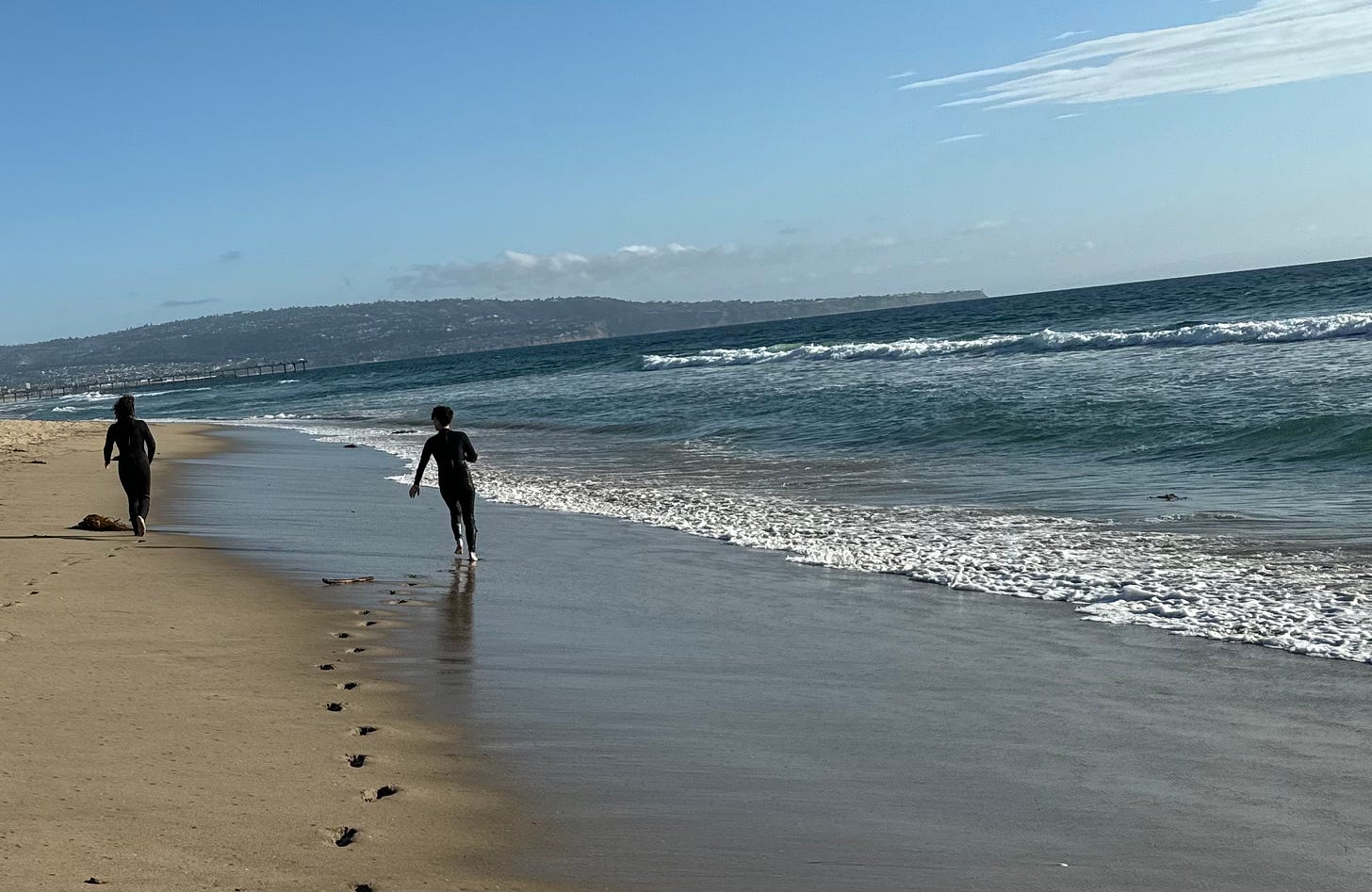
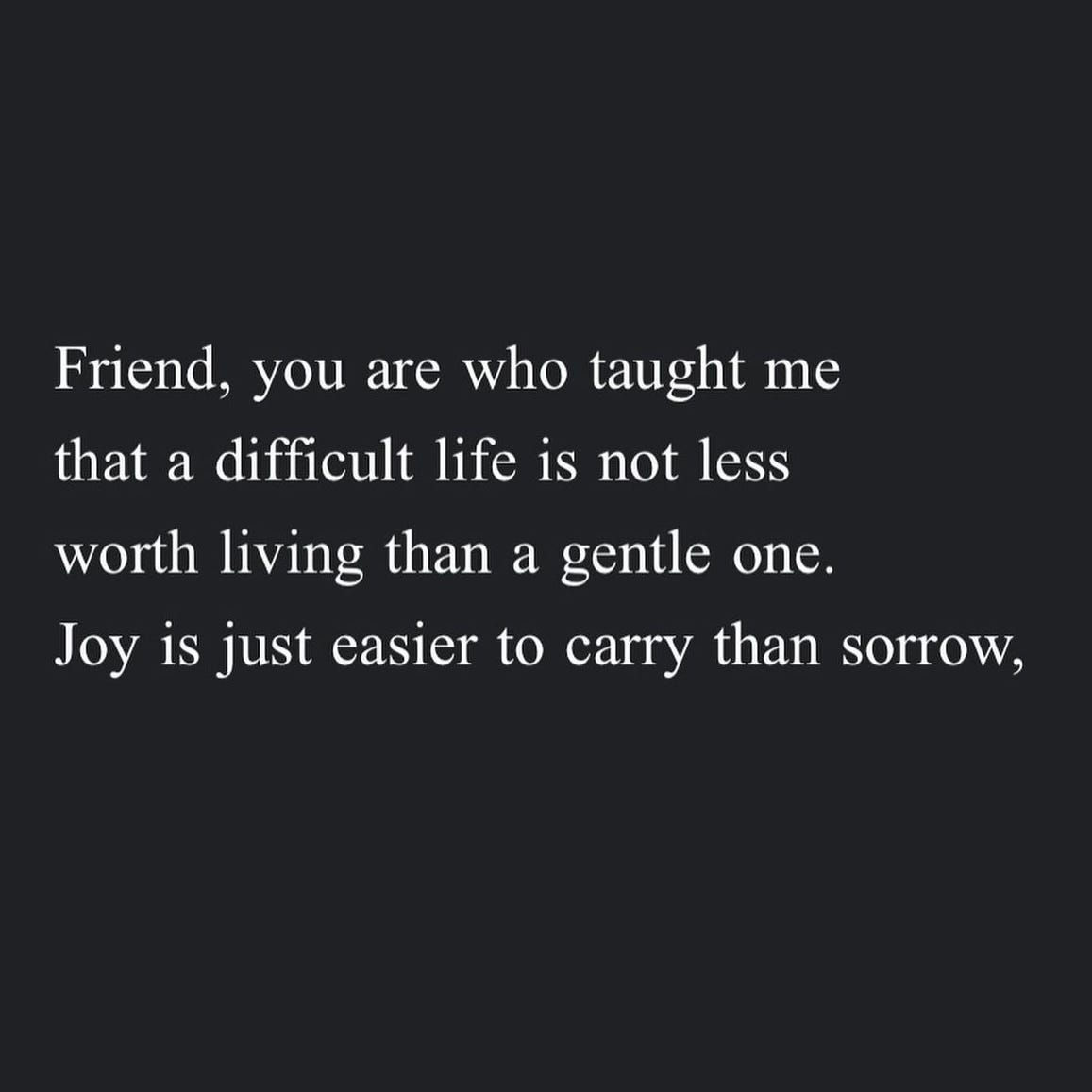
One of the many things I have learned, am now able to better internalize and metabolize since following your work is how much suffering, unnecessary suffering, is caused by holding fast to how it is or isn’t supposed to be. How much wider the view when we (I) release that grip. Because how it’s supposed to be by definition is never how it actually is. And I am now beginning to understand how even the grandest illusions my mind creates are another kind of cage, the moment I lock in on something I am locking myself in too. Much gratitude to you Andrea from another belly surfer still doing the thing. 🙏❤️🙏
With all of the collective tumult in this time of massive transition and transformation, posts and poems like yours and the call for us to accept and understand the conditions of life and learn to ride the waves is the calling of our time. Thank you so much for sharing your beautiful poetic life with all of us, and for doing the work. It makes a difference. Somewhere another heart must be beating louder than it has been before and feel yours beating as well.